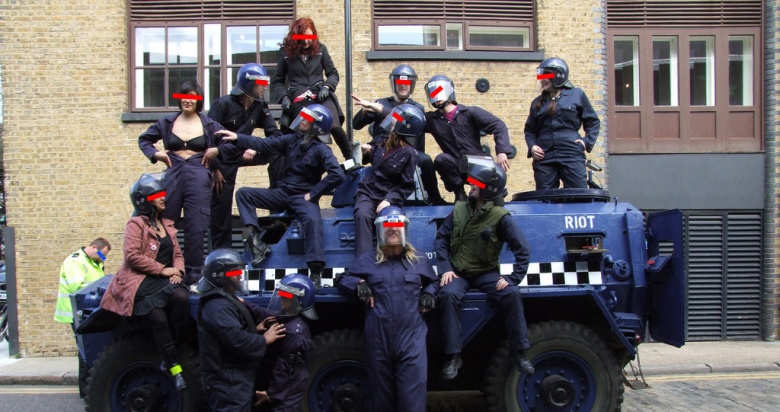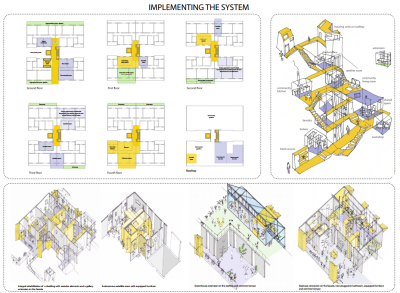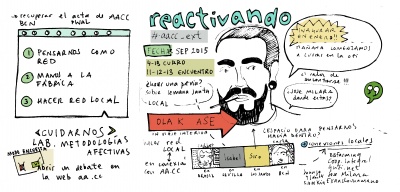
Sublime or subversive: Activist culture in reclaiming public space
Artículo --algo antiguo ya, 2005-- en inglés sobre la cultura activista en torno al espacio público. Algunos ejemplos relevantes (Critical Mass, Space Hijackers, etc.), algo de teoría y algo de bibliografía.
Resumen:
The rise of civil society movements to defend public space represents one of the most powerful mechanisms for changing walking culture. Activist groups such as Critical Mass, Reclaim the Streets, Space Hijackers, and Mobile Clubbing have utilised a combination of humour, guile, and creativity to challenge the orthodoxy of the public relationship with city space. The research utilises surveys and interviews to understand the motivations behind these organisations and to highlight the techniques utilised to change public perspectives on street culture, such as unannounced sporting and musical events on city streets.
Traditionally, there have been a range of measures available to community-based groups to raise awareness of public space issues. The advent of information and communications technologies such as email and text messaging have given activist organisations powerful new tools in realising citizen mobilisation. Their activities are fomenting the creation of an urban fraternity of like-minded citizens who can readily organise significant numbers into the streets.
Despite the energy and creativity of such groups, local authorities have sought to curb their activities through legal restrictions. However, the research shows that these types of campaigns may in fact be quite effective mechanisms for instilling public life back into city streets. The research concludes by suggesting how public officials can utilise similar mechanisms for achieving the policy goals of increased use of public space and greater citizen participation.
Índice:
- Introduction
- Community-based actions
- Critical Mass
- Reclaim the Streets
- Space Hijackers
- Flash Mob
- Mobile clubbing and pillow fight clubs
- Democratising public space
- Private sector uses of public space
- Responses to activist actions
- Conclusions
Archivos relacionados
Actividad de grupos y nodos
-
19-01-15
Asistentes:
Ale, Alberto y Eliseu -
23-12-14
Las expresiones desarrollo sostenible, desarrollo perdurable, y desarrollo sustentable aluden al desarrollo socioeconómico, y su definición se gestó por primera vez en el documento nombrado como Informe Brundtland (denominado así por la política noruega Gro Harlem Brundtland) o conocido también como Nuestro Futuro Común, documento publicado en 1987 como resultado de los trabajos de la Comisión Mundial del Medio Ambiente y Desarrollo de la Organización de las Naciones Unidas (ONU).
-
17-11-14
NOTAS DE LA REUNIÓN DEL 10 DE NOVIEMBRE
-
15-11-14
Arquitectura viva. De pobres a ricos
La arquitectura actual tiene un reto abrumador, la desigualdad social, y por ende, viviendas de 1º, 2º…. 5º clase que convierten a las ciudades en “pozos de desigualdad arquitectónica” donde en una misma ciudad podemos encontrar junto al edificio de lujo un grupo de barracas formadas a base de madera y restos de materiales prácticamente desconocidos.
-
02-10-14
dasdasdsa Asfasfasfa ASDASdsd
-
05-09-14
Un lugar para presentarnos todos los que queramos participar en el grupo de participación.
-
18-08-14
La influencia de la arquitectura y sus espacios físicos en el autismo. Guía de como mejorar la vida de los grandes olvidados de la arquitectura.








Comenta